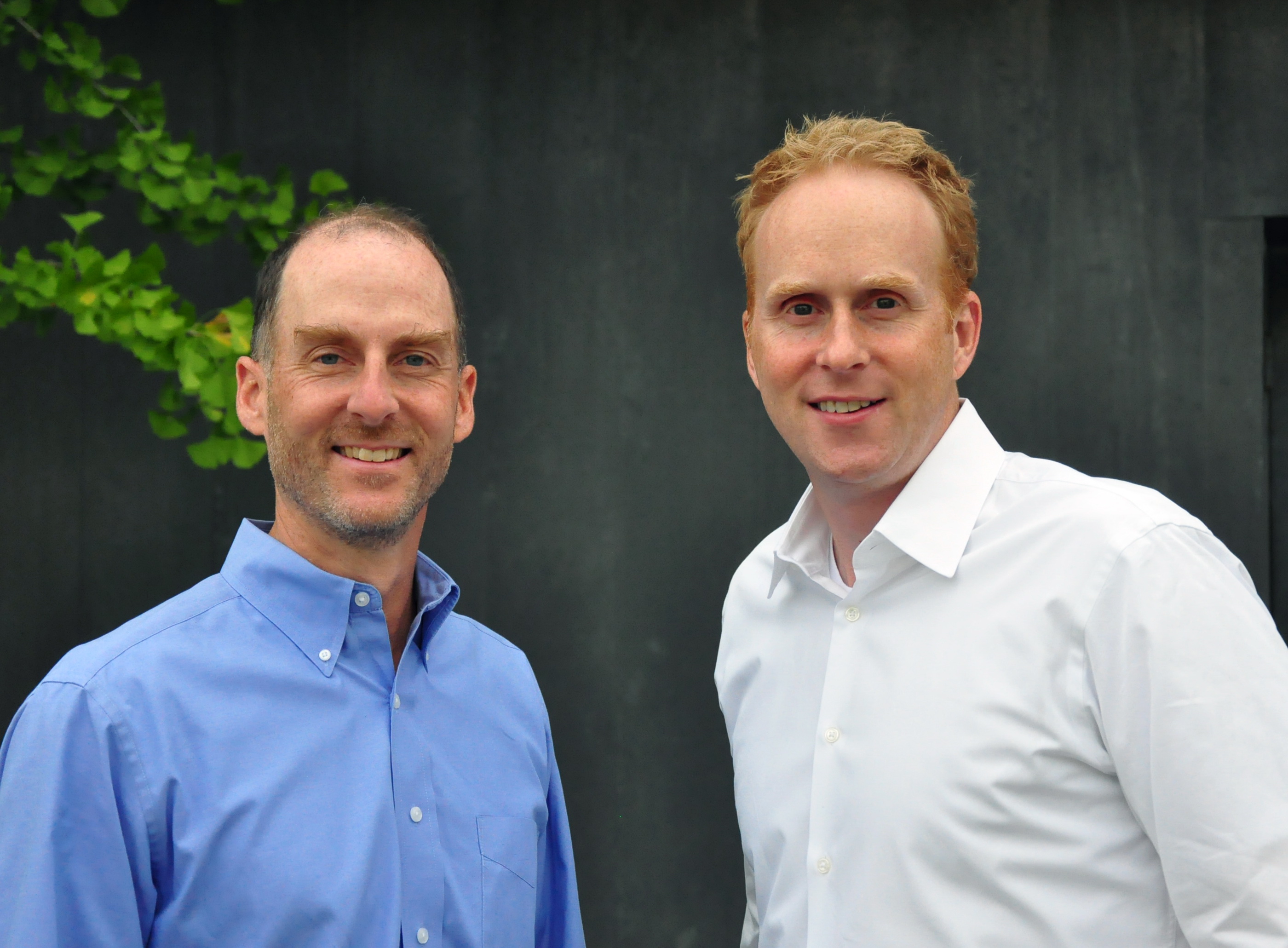Sasaki Associates has acquired Concord, Mass.-based planning and design firm Sgarzi Associates. Founded in 2003 by Chris Sgarzi, Sgarzi Associates has developed a strong reputation for their programming, planning, and design of sports, recreation, and student life facilities throughout the Northeast. Sgarzi’s expertise and existing client relationships will further enhance Sasaki’s nationally-recognized sports design practice. He will serve as a principal at Sasaki and will work with firm leaders in both its Boston and San Francisco offices.
Sasaki has also added Stephen Sefton to the sports design studio as senior associate. Stephen joins the firm most recently from Ellerbe Becket / AECOM where he served as a senior sports designer in their San Francisco office. He brings to the Sasaki team over 16 years of dedicated experience in the design of sports facilities, including a focus in large-scale spectator buildings such as stadia and arenas.
The merger with Sasaki offers Sgarzi Associates’ clients access to a greater depth of resources and a wide range of collaborative, interdisciplinary services—although they will still experience the same commitment to service, innovation, and excellence in design to which they are accustomed. “I enjoy getting to know my clients and learning about their unique campus cultures and traditions,” says Sgarzi. “Helping them achieve and exceed their aspirations for their built environment is very rewarding. As part of Sasaki, I can offer them the benefits of comprehensive services and a truly collaborative approach to institutional sports planning and design.”
The acquisition also signifies a homecoming for Sgarzi. Prior to founding his own firm, Sgarzi was a senior associate and associate director of Sasaki’s sports design studio. While Sasaki and its sports practice have progressed considerably in the interim decade, the firm’s dedication to collaboration and delivering context-specific solutions to their client’s unique problems has remained constant.
A selected list of the studio’s current and recent projects include a new field house at Middlebury College, the expansion and renovation of the Sally Blair Ames Sports Complex at Stonehill College, a new athletic center and student life facility at the College of the Holy Cross, the Harold Alfond Athletics Complex at the University of New England, a study for a track and lacrosse facility at the University of Michigan, a new Student Recreation Facility at Arizona State University in Tempe, and the Welcome Center and Ice Arena at Plymouth State Universityin New Hampshire. BD+C
Related Stories
| Jun 10, 2014
Site optimization: Paving the way for smoother land development projects
The biggest cost differential when dealing in site development from one site to another is the earthwork. So, when selecting a site, it is critical to not only take into account the initial purchase price of the property, but also what sort of investment it will take to prep the site for development.
| Jun 10, 2014
Gaudi’s famed cathedral on ice: Dutch students to construct 132-foot ice replica of Sagrada Familia
"Sagrada Familia in Ice" will be built with a mixture of wooden fibers and plain ice that is three times stronger than ice.
| Jun 10, 2014
Built-in balcony: New skylight windows can fold out to create a patio
Roof window manufacturer Fakro offers a skylight window system that quickly converts into an open-air balcony.
| Jun 10, 2014
New York's first-ever public housing for visually-impaired begins upgrade
Selis Manor is the first government-funded residence for the vision-impaired and disabled in New York City. MAP’s design eases crowding, increases security, and separates residents and visitors.
| Jun 9, 2014
6 design strategies for integrating living and learning on campus
Higher education is rapidly evolving. As we use planning and design to help our clients navigate major shifts in culture, technology, and funding, it is essential to focus on strategies that help foster an education that is relevant after graduation. One way to promote relevance is to strengthen the bond between academic disciplines and the campus residential life experience.
| Jun 9, 2014
Green Building Initiative launches Green Globes for Sustainable Interiors program
The new program focuses exclusively on the sustainable design and construction of interior spaces in nonresidential buildings and can be pursued by both building owners and individual lessees of commercial spaces.
| Jun 9, 2014
10 projects named 2014 AIA Small Project Award winners
Yale's funky new Ground café and a pavilion made from 53,780 recycled plastic bottles are among the nation's best new small projects.
| Jun 9, 2014
Eli Broad museum files $19.8 million lawsuit over delays
The museum, meant to hold Eli and Edythe Borad's collection of contemporary art, is suing the German company Seele for what the museum describes as delays in the creation of building blocks for its façade.
| Jun 8, 2014
What’s the word of the day? It’s all about ‘resiliency’
Just for the sake of argument, let’s put aside the rhetoric about climate change—whether it’s actually happening, whether it’s a result of manmade activity—and agree that we are experiencing some pretty dramatic weather events that are having huge impacts on populations here in the U.S. and worldwide.
Smart Buildings | Jun 8, 2014
Big Data: How one city took control of its facility assets with data
Over the past few years, Buffalo has developed a cutting-edge facility management program to ensure it's utilizing its facilities and operations as efficiently, effectively, and sustainably as possible.
















